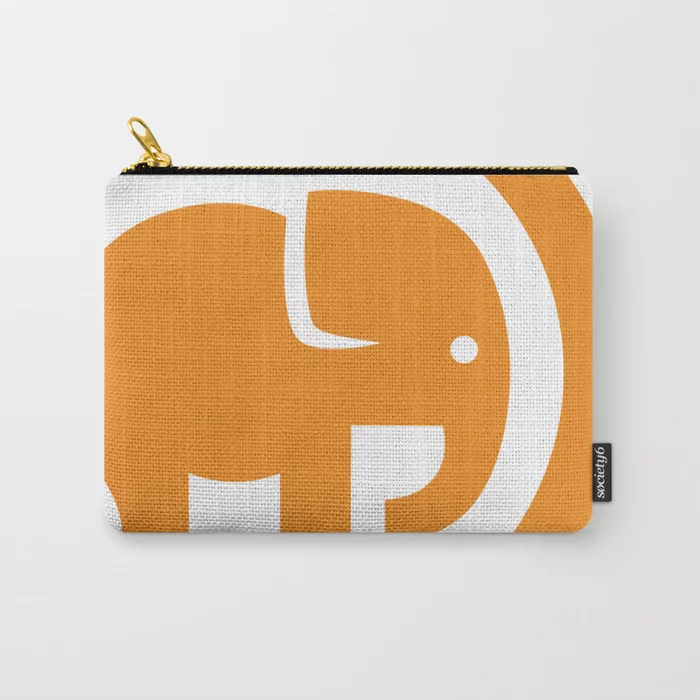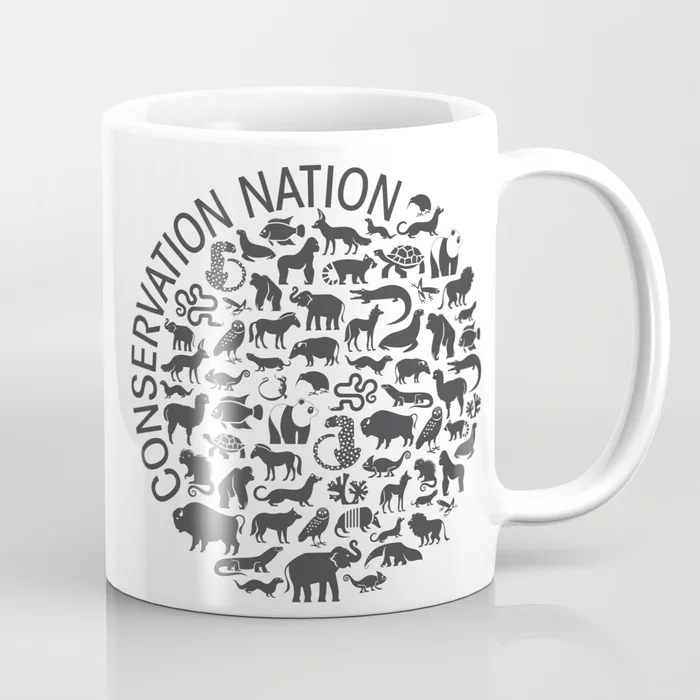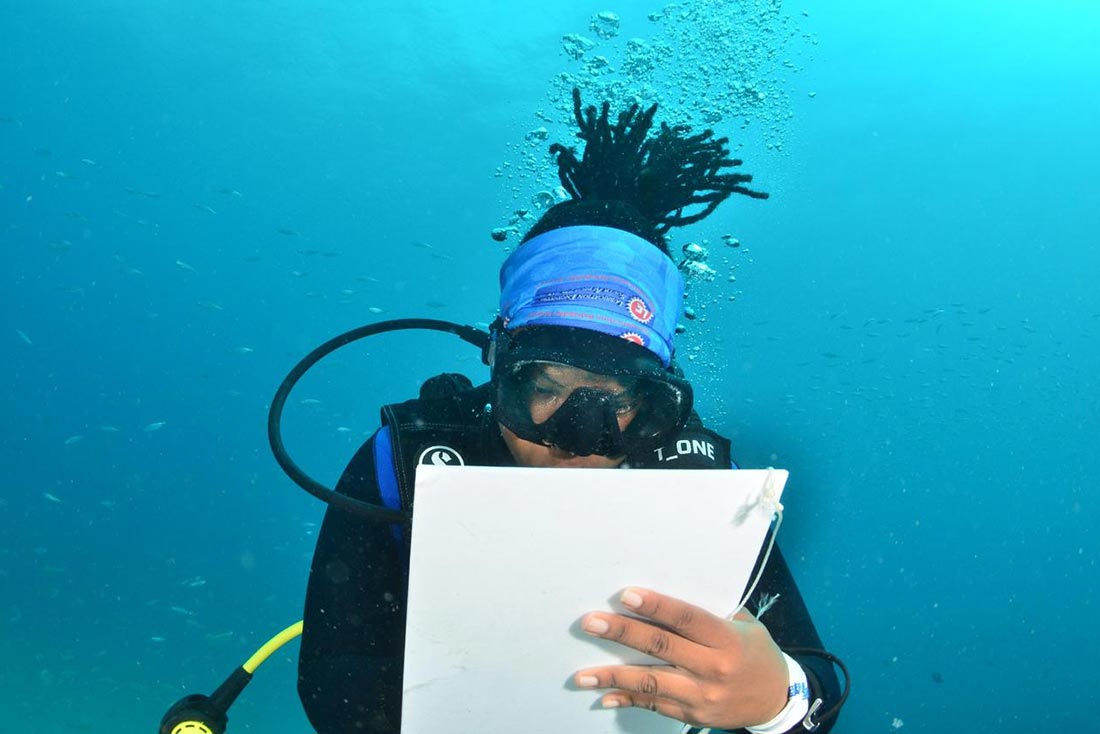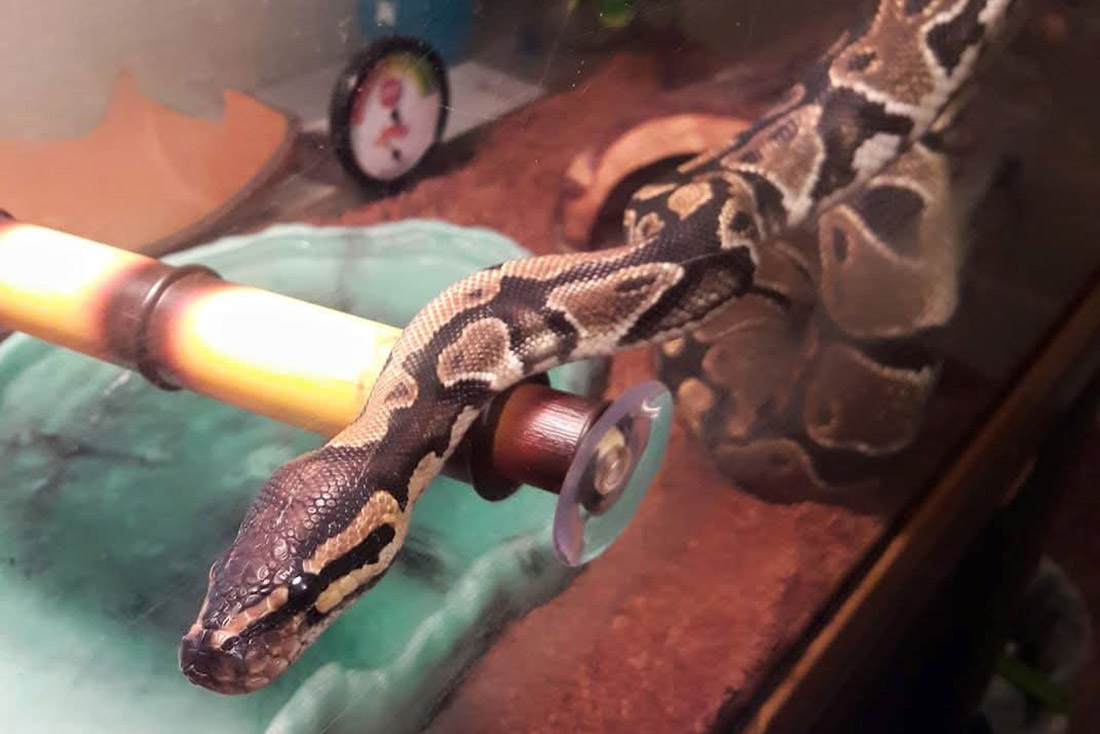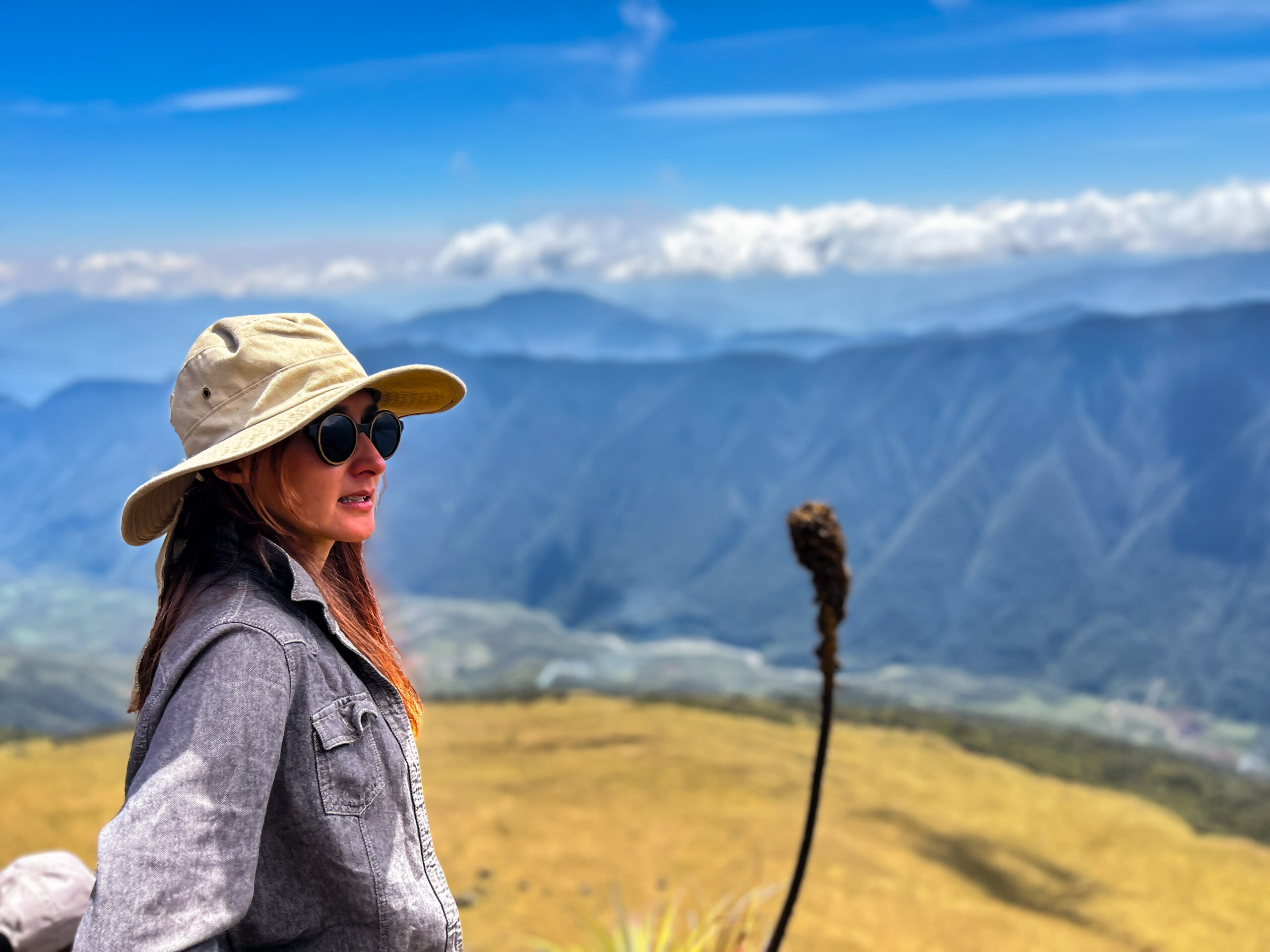Thanks to your support, our recent rhino workshop in Kenya brought together global conservation leaders with those saving rhinos directly in the field. The successful four-day event included presentations from the world’s premiere leaders in veterinary care, featuring both in-depth lectures and practical field demonstrations. Connections made and lessons learned at this workshop will make a difference by strengthening rhino care in the region.
It’s day three of our conference in Laikipia, Kenya—and students aren’t sitting in a classroom. They’re out in the field, watching a Kenya Wildlife Service field veterinarian aim his dart gun from a jeep to tag a female zebra grazing in the fields some distance away. The dart hits its target, and once the zebra is tranquilized, the jeep draws alongside. Experts then demonstrate how to correctly read and interpret monitoring devices to ensure the safety of the animal under anesthesia, and collect samples. Unharmed, the zebra trots to rejoin her herd.
Tranquilizing wild animals like this zebra is tricky enough—imagine if field vets have to safely immobilize a 2,000-pound rhino to provide necessary care. That’s why Conservation Nation funded this workshop—to make this kind of in-the-field-training possible and to connect leaders in vet care with those on the ground.
According to James Hassell, a veterinarian and scientist with the Smithsonian’s Global Health Program and organizer of the conference that was held at Mpala Research Centre and Ol Jogi Wildlife Conservancy, demonstrations like these are important for conservation work in the region, and not just for rhinos.
“The practical skills taught during this workshop are transferable to many species of wild animal,” he says.
One of the most important sessions gave participants the opportunity to learn more about how to study deceased animals. If field vets are better able to diagnose why a rhino might have died, Hassell says, efforts to protect at-risk populations can be focused.
And thanks to Conservation Nation support, postmortem kits have been distributed as well, ensuring those on the ground have the tools and the knowledge to make a difference for rhinos in the region. Efforts like these – connecting experts, sharing the best information and providing needed supplies – are crucial to saving species like the Eastern black rhino from extinction.



